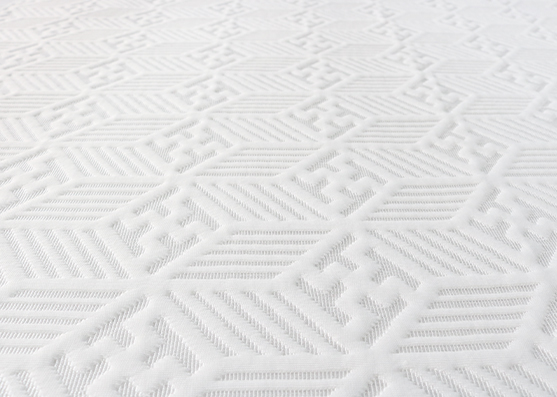Textile fiber can be spun into a yarn or made into a fabric by various methods including weaving, knitting, braiding, felting, and twisting.
The essential requirements for fibers to be spun into yarn include a length of at least 5 millimeters, flexibility, cohesiveness, and sufficient strength. Other important properties include elasticity, fineness, uniformity, durability, and luster.
It is defined as one of the delicate, hair portions of the tissues of a plant or animal or other substances that are very small in diameter in relation to there length. A fiber is a material which is several hundred times as long as its thick.
Banana fiber is one kind of fiber but it is not a textile fiber. Because it can not fill up the above properties. So we can say that all fiber are not textile fiber.
Generally two types of fiber.
1. Natural fiber.
2. Manmade fiber.
Natural fibers include those produced by plants, animals, and geological processes. They are biodegradable over time. They can be classified according to their origin.
animal - silk, wool fibre,
mineral - asbestos fibre
vegetable - cotton, flax, jute etc

Man-made or chemical fibers are fibers whose chemical composition, structure, and properties are significantly modified during the manufacturing process. Man-made fibers consist of regenerated fibers and synthetic fibers.
Synthetic fibers come entirely from synthetic materials such as petrochemicals, unlike those man-made fibers derived from such natural substances as cellulose or protein.
Regenerated fibre is the one generated from cellulose. The cellulose comes from various sources: rayon from tree wood fiber, modal from beech trees, bamboo fibre from bamboo, seacell from seaweed, etc. In the production of these fibers, the cellulose is reduced to a fairly pure form as a viscous mass and formed into fibers by extrusion through spinnerets.
Besides, there are so many fibres such as - metallic fibre, carbon fibre, silicon carbide fibre, fibreglass, mineral fibre, polymer fibre, microfibre. Of course, there are also dietary fibre, molded fibre, nerve fibre, optical fibre etc.
Yarn - when there is more than one fibre interlocked, it is called yarn. A long continuous strand of interlocked or twisted fibres is yarn - which could be used for knitting, weaving, braiding, crocheting, embroidering, stitching, textiles etc.
Fabric - When yarn is knitted or weaved or felted together, it becomes fabric. Fabric is a flexible material consisting of a network of natural or artificial (synthetic) fibre. Fabric is an artifact made by weaving or felting or knitting or crocheting natural or synthetic fibers
Thus, a fibre is the basic raw material for yarn - then yarn is the base for fabric - and when a fabric is finished for a specific purpose, it is called cloth
So there is a linear development : fibre → yarn → fabric → cloth